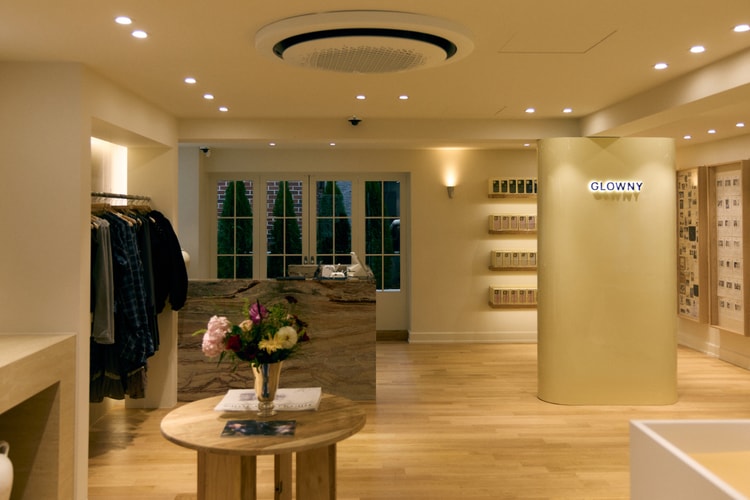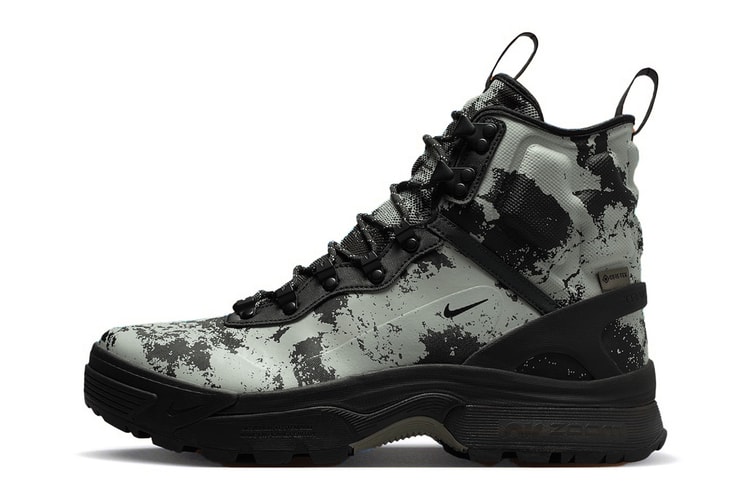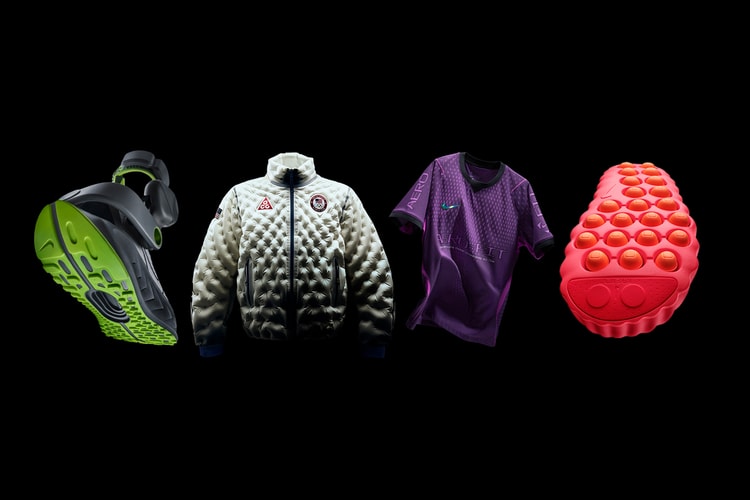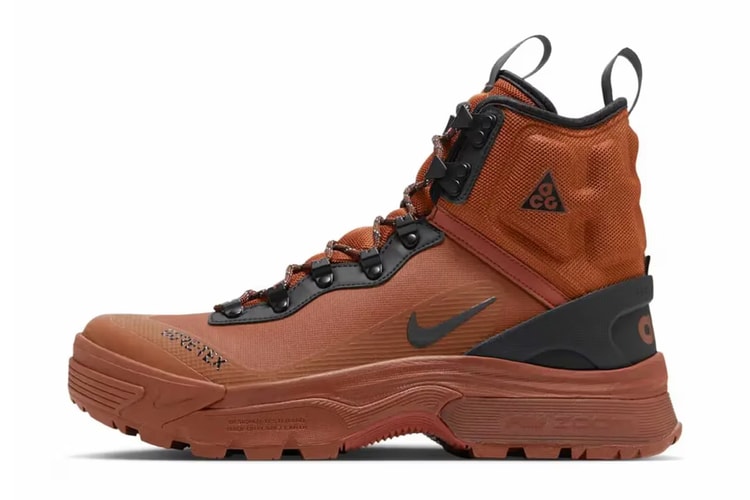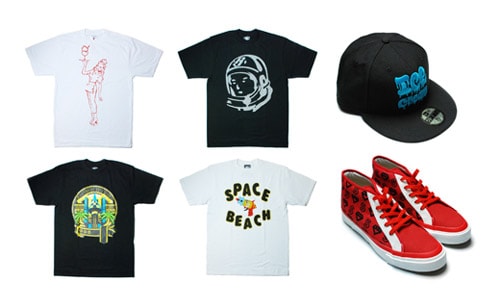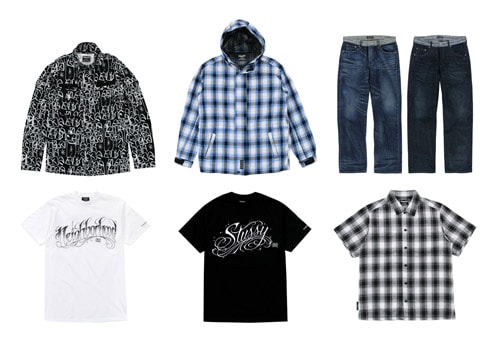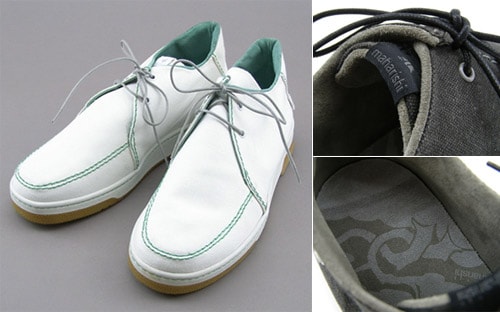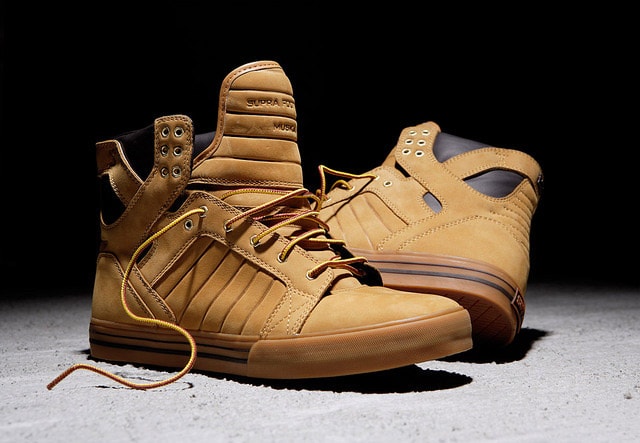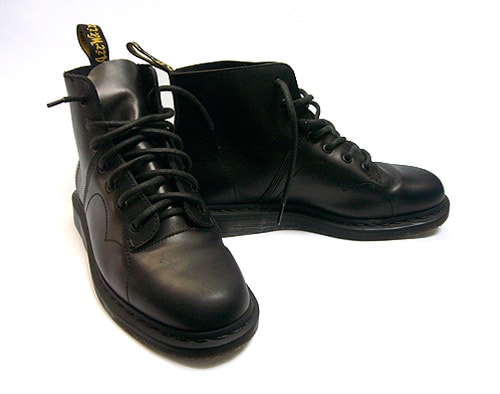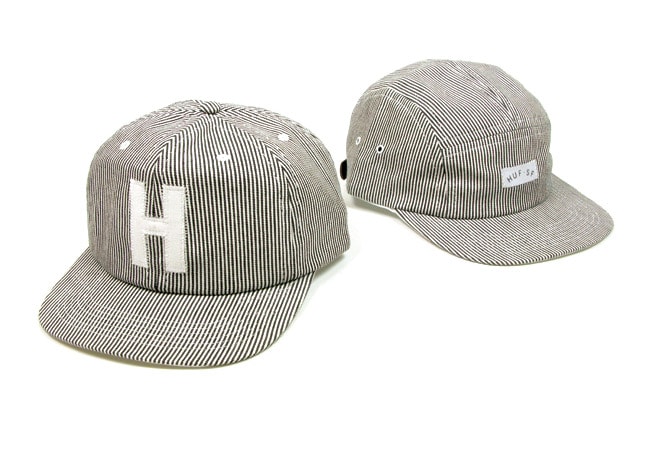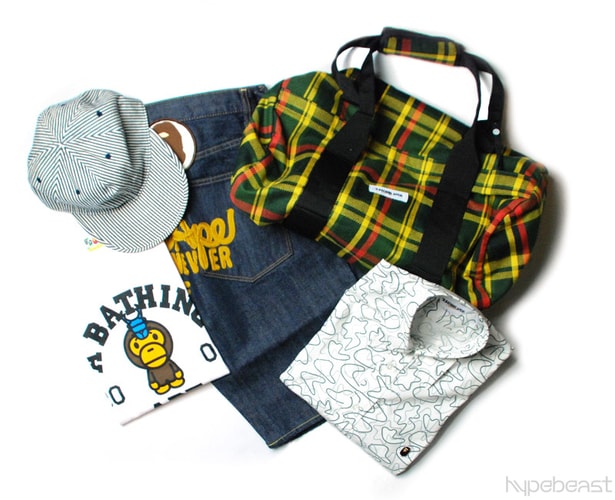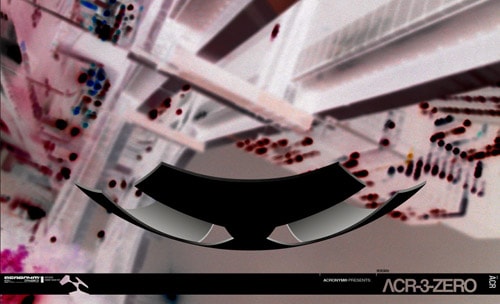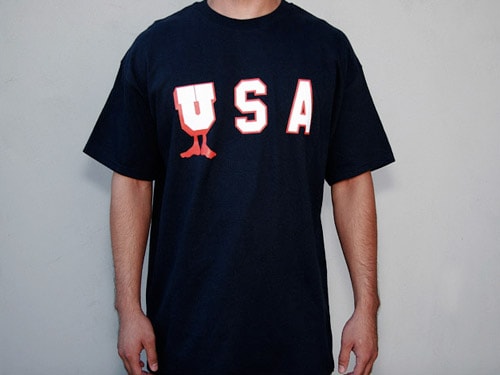Nike "House of Innovation" Air Zoom Victory+
Back in February, we had the opportunity to hit up Beijing’s 798 art district which represented
Back in February, we had the opportunity to hit up Beijing’s 798 art district which represented a promising look into China’s art scene. Among the fledging district’s different exhibits and displays was Nike’s House of Innovation, a look into the sports brand’s legacy of creating the latest and greatest technological advances to make already fast athletes even faster. As a tribute to the House of Innovation, the performance driven Air Zoom Victory+ sees itself crossover to the lifestyle side of things under the careful watch of graphic designer Kenny Shiba of Nike and Georgie Stout, creative director of 2×4. Once again Chinese culture comes into play regarding the overall aesthetic. Check the Q+A after the jump to find out more details regarding the project’s details.
Kenny Shiba – Graphic Designer II Nike’s Tokyo Design Studio
How has Nike’s Flywire innovations crossed boundaries from innovation often seen the most technical footwear to become a regular appearance in fashion?
Every design has meaning and when it comes to fashion you have to look at performance from a different point of view. The Flywire technology is designed for athletes competing. However, if the technology can benefit everyday people, whether on the track or off, why not use it? The Nike Air Zoom Victory+ House of Innovation pack makes a statement while delivering cushioning and support in a lightweight package. This is good for someone who will wear the shoe all day, not just when competing.
What was the inspiration for and story behind the artwork utilized on the insole?
Actually, the artwork is from a design we used for the China Track and Field apparel. When we began designing for the federation apparel, many of the Chinese athletes referred to feeling like “a superhero” when describing what it felt like to represent their nation. They have a sense of patriotism and sacrifice that was connected to the “Terrecotta Warriors”, buried centuries ago with the legendary Gin Shi Huang Di, the emperor who first unified China. The artwork gives add a memorable piece of China’s rich history onto what is surely another momentous occasion in China’s modern history. For the Nike Air Zoom Victory+ House of Innovation pack, I took the look, amplified it and made each shoe’s insole a little bit unique.
The Nike Air Zoom Victory+ was originally developed as a performance shoe, how has this shoe been adapted fashion?
We used a colorway that stands out. The black and red color scheme is pretty cool and is really appealing to the street wearer while giving a subtle nod to China.
Georgie Stout – Partner and Creative Director from 2×4
What was the concept behind the packaging for the Nike Air Zoom Victory+ House of Innovation packaging?
We were charged with making packaging that responded to the newest light weight technology coming out of Nike in 2008: Flywire. We began by thinking of ideas that were lightweight in terms of material, and then looked at ways to make that material even lighter, the way that Nike as a brand has been pushing this idea in its products. The interesting thing about the material is that it forms to the content it holds. The packaging material takes the form of whatever it holds, so in a way each packaged form becomes unique to what it is holding. In this way, the packaging was always somewhat unexpected.
How did you make the packaging have the appearance of being ‘light’?
We used cardboard and cut a diamond shaped pattern into it. By cutting away from it and stretching it, it became both larger in it’s surface, and by that same token, lighter weight. You get more material out of less, and it becomes lighter in the process.
What material did you use to create this package? Was there a reason behind this decision?
We were searching for something which was, green, light, innovative, would protect the materials during shipping, look good as a package and go well with the concept of the phase 2 of the exhibition at HOI. We looked at mesh, light weight fabrics, and plastics, but decided on cardboard because it was sustainable. Typically this kind of material would be used for packing boxes to protect fragile content. But we chose to flip that around and develop an outer package with it.
What was your goal in creating this packaging?
We wanted the package to be both useful and innovative in its design. By using straightforward materials but doing something unusual with them, we were able to achieve that.
What influence did Nike’s innovation of Flywire have in this design?
We were influenced by Nike’s consistent search for ways to make things lighter weight. Flywire is a perfect example of this. We also looked at the mesh-like quality of Flywire, the way the wires overlap and form patterns. That got us searching for something that would have a similar feeling.






